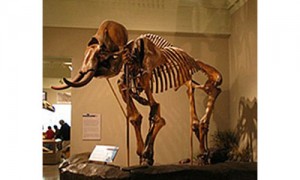The elusive particles known as dark matter are one of the great mysteries of science.
A China-led project named PandaX is a gigantic liquid xenon experiment to detect dark matter in the universe.
The 500-kilogram liquid xenon detector is the world’s largest. It began operating in March this year.
The first results show that NO trace of dark matter was observed within the exposure of the experiment.
A “no” result is significant, as it provides further constraints on the possible candidates of dark matter.
“The detector used in the project is powerful. The results are quite clear. Under a certain condition, within our exposure level, we haven’t detected any dark matter signal,” said Professor Ji Xiangdong, SH Jiao Tong University.
Not only is the detector the world’s largest, it's also the world's most sensitive.
"To use a metaphor, a detector is like a web. The bigger the detector, the more closely knit the web. The more closely knit the web, the better the chances of detecting dark matter," said professor Liu Jianglai.
The study of and search for dark matter has revolved around what material it is made of.
There are theories of potential candidate particles. Experiments are used to either validate or rule them out.
Chinese scientists are leading the search to understand dark matter.
The PandaX laboratory is located inside an underground tunnel in a mountainous area in southwest China’s Sichuan Province.
2.4 kilometers of rock shield it from the interference of cosmic rays and other radioactive substances.
There are plans to continue to upgrade the detector, in hopes of finding a breakthrough at the end of a long, dark tunnel.







